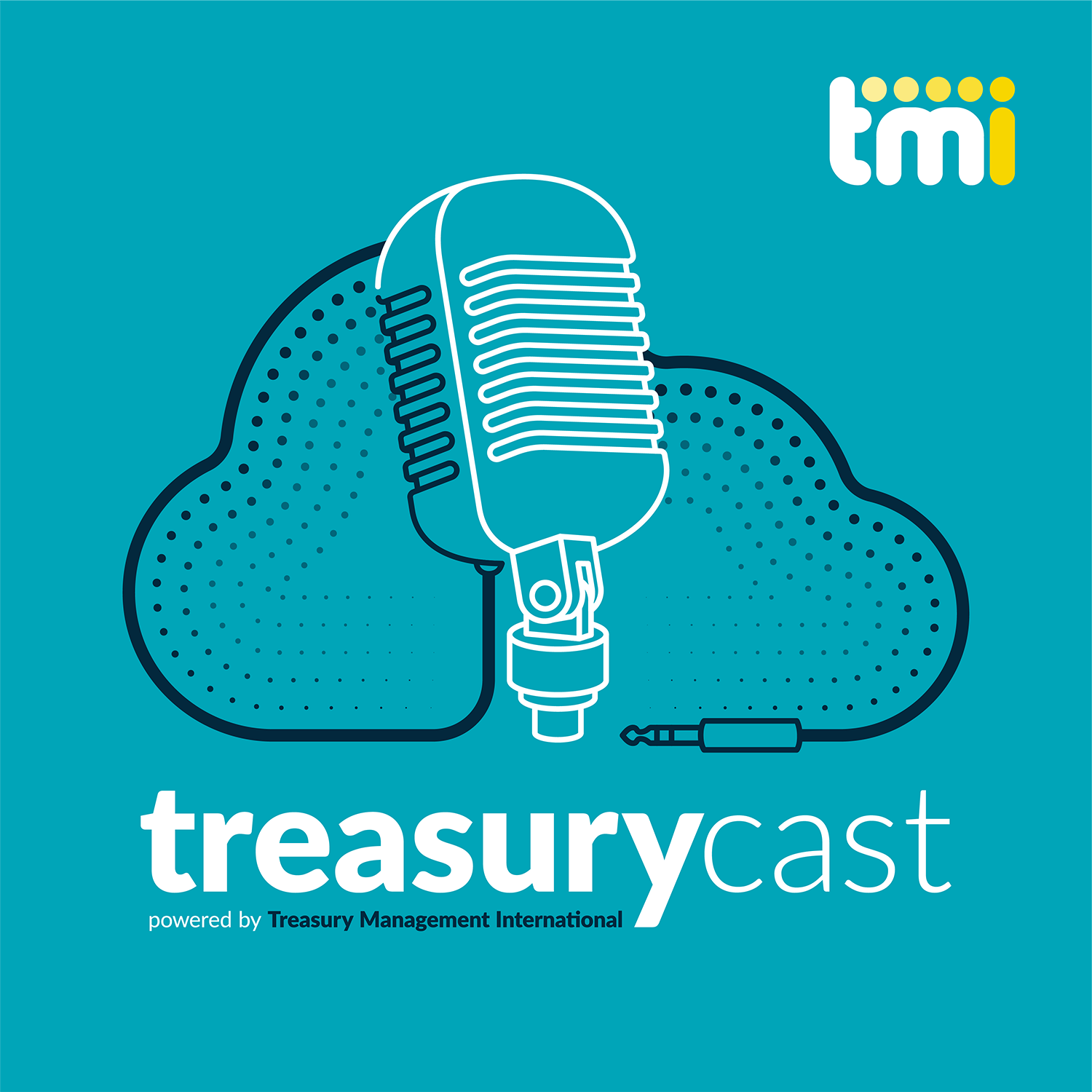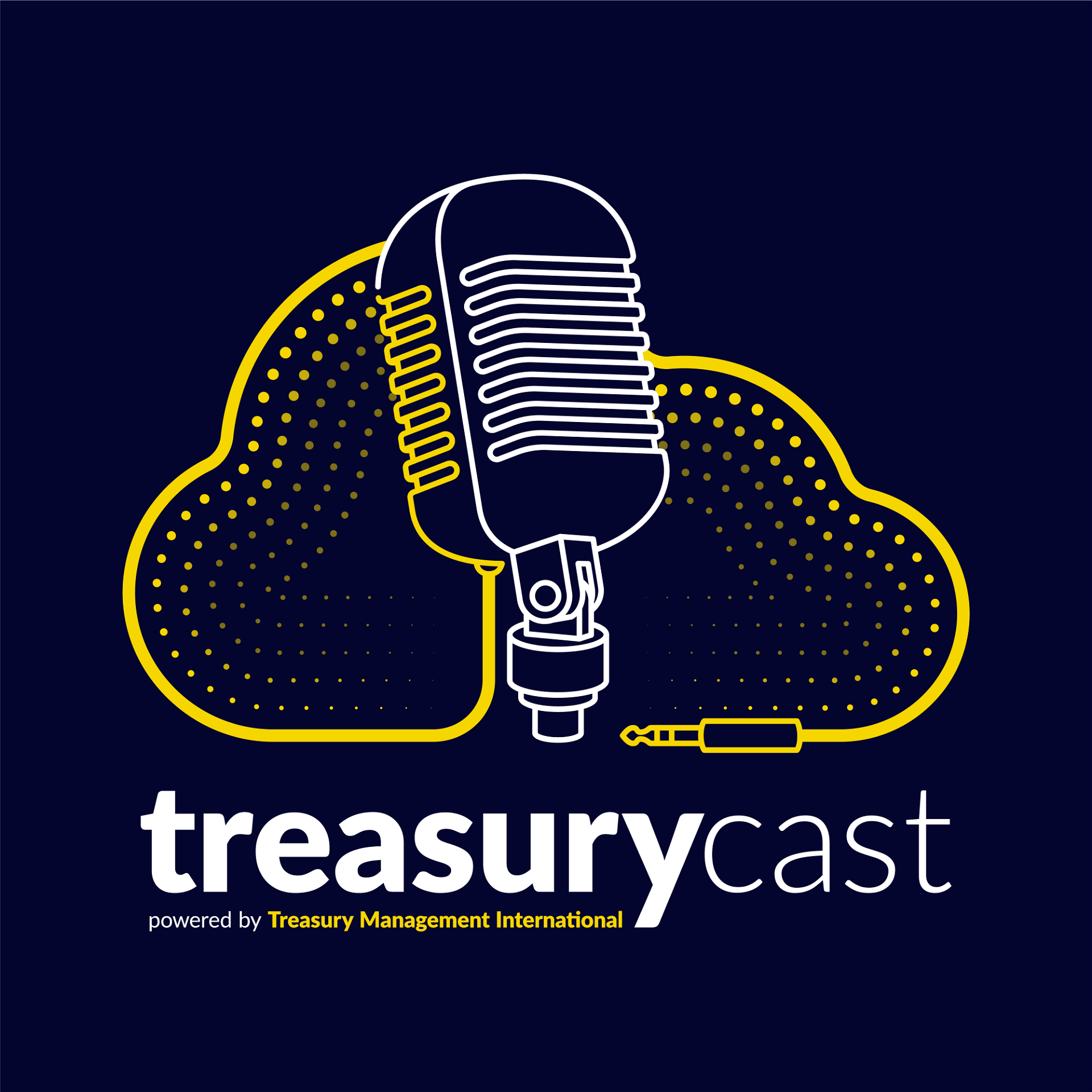Fitch Ratings – Paris: European money market funds (MMFs) are reducing their exposure to financials, opportunistically reallocating towards non-financial corporates, sovereigns and government agencies, Fitch says in its latest quarterly publication on European MMFs.
In 4Q14, money funds reduced their allocation to financials to a two-year low, as they adjusted to supply dynamics, seizing investment opportunities in corporate, sovereign and government agency assets. Financial exposures, both secured and unsecured, were reduced by 2% over 4Q14 and by 5% in 2014, to 73.6% on average. This was most pronounced for euro and sterling funds. Euro short-term issuance from corporates, such as Procter & Gamble, Unilever and Danaher, increased and was embraced by money funds. Sterling funds found opportunities in UK sovereign securities and government agencies.
Overnight and one-week portfolio liquidity levels were reduced over the quarter and more generally over the year across all currencies. This was driven by a combination of search for yield in longer-dated assets, difficulties to place at the short-end in euro and management of year-end investor cash-flows.
Portfolio maturities have increased on average across European MMFs. The move was most notable for euro funds as the prospect of prolonged negative euro short-term rates led to increased portfolio weighted average maturities (WAM) to 44 days on average, which is 10 days longer than a year ago.
Among issuers held by Fitch-rated MMFs, 17 banks are on Negative Outlook. These primarily include Rabobank and Standard Chartered Bank (both AA-/aa-/F1+), whose Outlooks are driven by the respective banks’ standalone strength, and ING Bank, Deutsche Bank, ABN Amro Bank, Lloyds, Societe Generale and Bank of America, whose Outlooks reflect Fitch’s view of declining state support. Fitch expects to review these banks’ ratings in 1H15 so that their Long-term Issuer Default Ratings are likely to be based on the Viability Ratings, currently ‘a’ for the first three, and ‘a-‘ for Lloyds, Societe Generale and Bank of America.
The European Central Bank’s quantitative easing programme could keep yields on euro MMFs ultra-low for a prolonged period of time, which could turn negative from their current average level of 0.1bp. Assets in constant net asset value (CNAV) funds denominated in euro nevertheless remained fairly stable in 4Q14, and even grew 22% over 2014 as low-risk, liquid alternatives are limited and MMF yields remain on average 17bp above the 7-day LIBID. Weekly asset movements have, however, been more volatile for euro funds this quarter compared with other currencies.
Yields of MMFs denominated in sterling and US dollar edged up towards the end of the year, reaching on average 38bp and 6bp respectively. This was modestly above their benchmark’s yields. Assets of European CNAV funds grew 2% in 4Q14 and close to 5% over the year, driven by euro and sterling MMFs.
The full report, “European MMF Quarterly – 4Q14” is available at www.fitchratings.com





